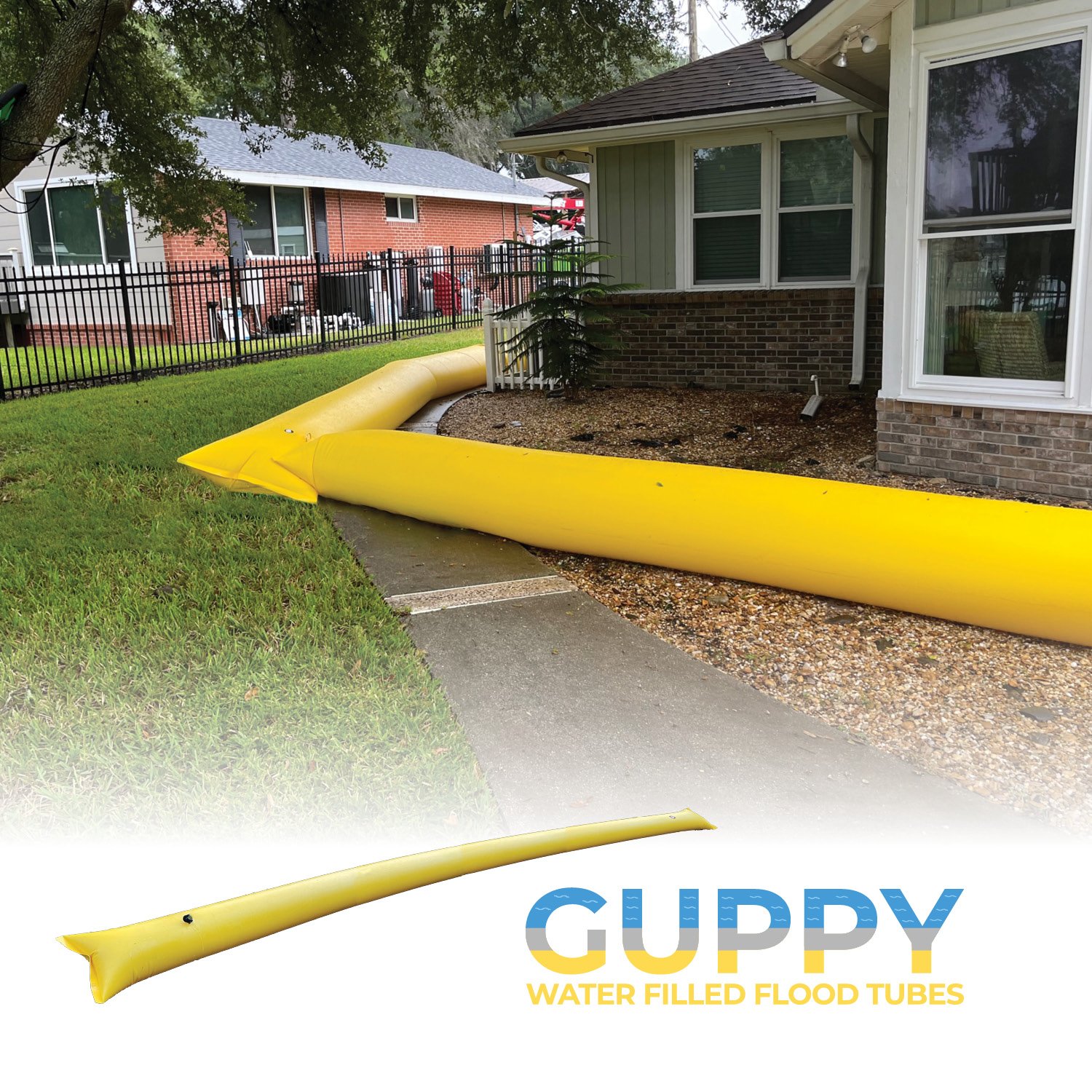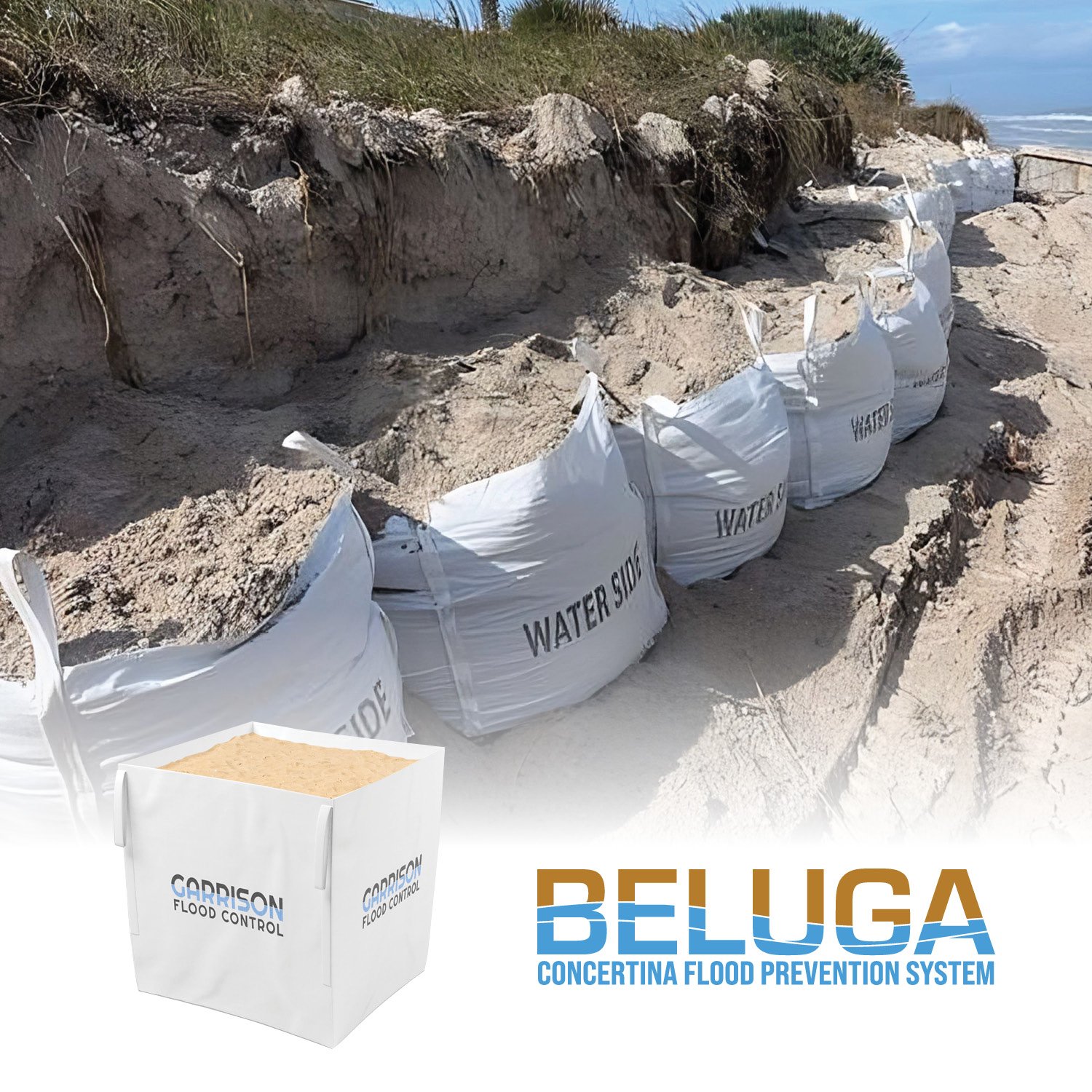Understanding Seasonal Flood Risks To Keep You Prepared
As weather patterns shift, different types of flood events become more prevalent depending on the season. Understanding these seasonal flood risks can help homeowners, businesses, and local governments take proactive measures to protect their properties and communities.
Spring: The Season of Rapid Snowmelt and Heavy Rainfall
Spring marks the transition from winter’s cold grip to rising temperatures, which brings about two major flood risks: rapid snowmelt and heavy rainfall. In regions with significant snowfall, such as the Northeast, Midwest, and mountainous areas of the West, warming temperatures can cause snow to melt quickly, overwhelming rivers and drainage systems. This can lead to river flooding, flash flooding, and standing water in low-lying areas.
Additionally, spring is known for its unpredictable and severe weather, including thunderstorms that bring intense downpours. The combination of saturated ground from melting snow and heavy rain can quickly lead to dangerous flooding conditions. Due to increased ground saturation, flooding can occur at a much faster rate as well as overflow already swelling rivers and lakes. States along the Mississippi River, Great Lakes, and parts of the South are particularly vulnerable during this time.
Geographic Areas at Risk:
Northern states with accumulated snowmelt runoff, such as Montana, North Dakota, and Minnesota, often see rivers overflowing their banks, leading to widespread flooding.
Midwestern river basins, including areas around the Missouri and Mississippi Rivers, experience recurring flood events due to the combination of snowmelt and seasonal storms.
Coastal regions, such as the Pacific Northwest, face increased risks of springtime flooding due to heavy seasonal rainfall combined with melting snow from higher elevations.
Summer: Hurricane Season and Flash Flooding
Summer brings its own set of flood risks, with hurricanes and tropical storms at the forefront. The Atlantic hurricane season runs from June through November, with peak activity typically occurring between August and October. Coastal regions, particularly in the Southeast, Gulf Coast, and Eastern Seaboard, are at high risk of storm surges, torrential rains, and inland flooding.
In addition to hurricanes, summer thunderstorms can generate intense rainfall over short periods, leading to flash flooding. Urban areas with poor drainage systems, such as major cities in the Midwest and Southwest, are particularly vulnerable. The hot summer sun can also harden dry soil, reducing its ability to absorb water efficiently, increasing the risk of rapid runoff and localized flooding.
Geographic Areas at Risk:
Southeastern U.S. and Gulf Coast, including Florida, Louisiana, and Texas, frequently face hurricane-related flooding, which can cause billions of dollars in damage.
Urban areas nationwide, such as New York City, Chicago, and Phoenix, suffer from flash flooding due to aging infrastructure and inadequate stormwater drainage.
Southwest and Western states, such as Arizona, Nevada, and Southern California, experience sudden monsoonal storms that dump large amounts of rain in a short period, overwhelming dry landscapes and leading to flash floods.
Fall: Prolonged Rainfall and Coastal Flooding
While hurricanes continue to pose a threat in early fall, the season is also known for prolonged rainfall events. As temperatures begin to cool, the air holds more moisture, leading to sustained periods of rain that can oversaturate the ground and overwhelm stormwater systems. The Midwest and Northeast are especially at risk during this time, with rivers swelling due to persistent rainfall.
Coastal areas are also vulnerable to fall flooding due to rising tides and lingering storm systems. Nor’easters, powerful storms along the Atlantic coast, can generate heavy rains, strong winds, and coastal flooding well into late autumn. Municipalities in low-lying areas must prepare for these seasonal threats by reinforcing infrastructure and ensuring flood control measures are in place.
Geographic Areas at Risk:
Northeastern U.S., including states like New York, New Jersey, and Massachusetts, frequently experience Nor’easters that bring intense rain and coastal storm surges.
Low-lying coastal cities, such as Charleston, Miami, and New Orleans, struggle with seasonal tidal flooding exacerbated by climate change and rising sea levels.
Midwest river valleys, including those along the Ohio and Missouri Rivers, are prone to rising water levels as seasonal rains accumulate and reservoirs struggle to manage water volume.
Winter: Snowmelt, Ice Jams and Atmospheric Flooding
Winter may seem like a time of minimal flood risk, but it presents its own unique challenges. One of the primary concerns is ice jams, which occur when chunks of ice block rivers and streams, causing water to back up and flood surrounding areas. This is particularly common in the northern U.S. and parts of Canada, where freezing temperatures and flowing rivers create hazardous conditions.
Sudden thaws also contribute to winter flooding. When temperatures rise unexpectedly in mid-winter, snow and ice can melt rapidly, overwhelming drainage systems and leading to localized floods. Heavy winter storms can also dump large amounts of precipitation, which, when combined with frozen ground, prevents water absorption and increases runoff.
Geographic Areas at Risk:
Northern U.S. and Canada, including Minnesota, Michigan, and upstate New York, frequently experience ice jams on major rivers, leading to unexpected winter flooding.
Mountainous regions, such as the Rockies and the Sierra Nevada, face snowmelt-related flooding when warm spells occur during winter or early spring.
Urban areas with frozen ground, such as Boston, Philadelphia, and Chicago, struggle with heavy winter precipitation that cannot be absorbed, leading to hazardous street and basement flooding.
NORTHEAST
In the Northeast U.S., flooding usually happens in spring and summer due to snowmelt, heavy rain, and thunderstorms. Winter snow can build up in mountains and then melt in spring, causing rivers and streams to rise and overflow. Summer storms often lead to flash floods and river floods.
SOUTH
The Southern U.S. frequently faces flooding, with severity varying by season. It's particularly vulnerable to tropical storms and hurricanes from June to November, causing storm surges and coastal flooding. Summer also brings flash floods from heavy rain and thunderstorms, creating sudden dangers.
MIDWEST
The Midwest US usually faces floods in spring and summer due to snowmelt and heavy rain causing rivers and streams to overflow. Snow piles up in the upper Midwest and the Rockies, and when spring arrives, it melts and raises river levels. Summer thunderstorms and heavy rains also lead to river and flash floods.
WEST
The West Coast of the United States often faces flooding in the winter, including river floods, flash floods, landslides, and mudslides in steep areas. Coastal flooding can happen during high tides and storm surges. Some regions enter Monsoon season from June to November, bringing heavy rain that lead to floods.
Plan and Prepare For Seasonal Flooding, View The Video
Staying Prepared With Garrison Flood Control
Understanding the seasonal risks of flooding is the first step toward effective flood preparedness. Garrison Flood Control offers a wide range of flood protection solutions designed to safeguard residential, commercial, and municipal properties from seasonal flood threats.
From aluminum flood walls and L-shaped flood barriers to water-filled flood tubes and other various flood control solutions, we provide reliable protection against rising waters.
By investing in the right flood control measures, you can mitigate damage, protect valuable assets, and ensure the safety of your community year-round.
Contact Garrison Flood Control today to learn more about our innovative flood prevention solutions and take proactive steps to safeguard your property against seasonal flooding. For additional information about Garrison Flood Control, please call 929-299-2099 or email sales@garrisonflood.com.





























